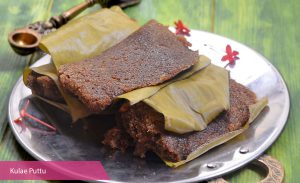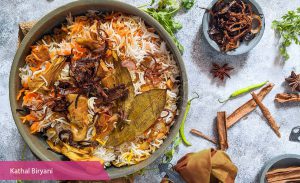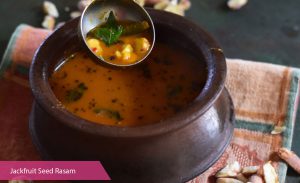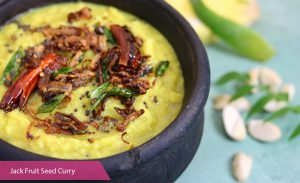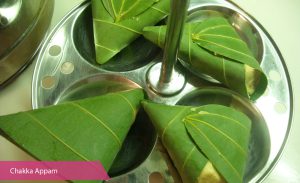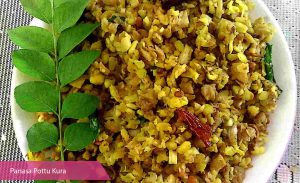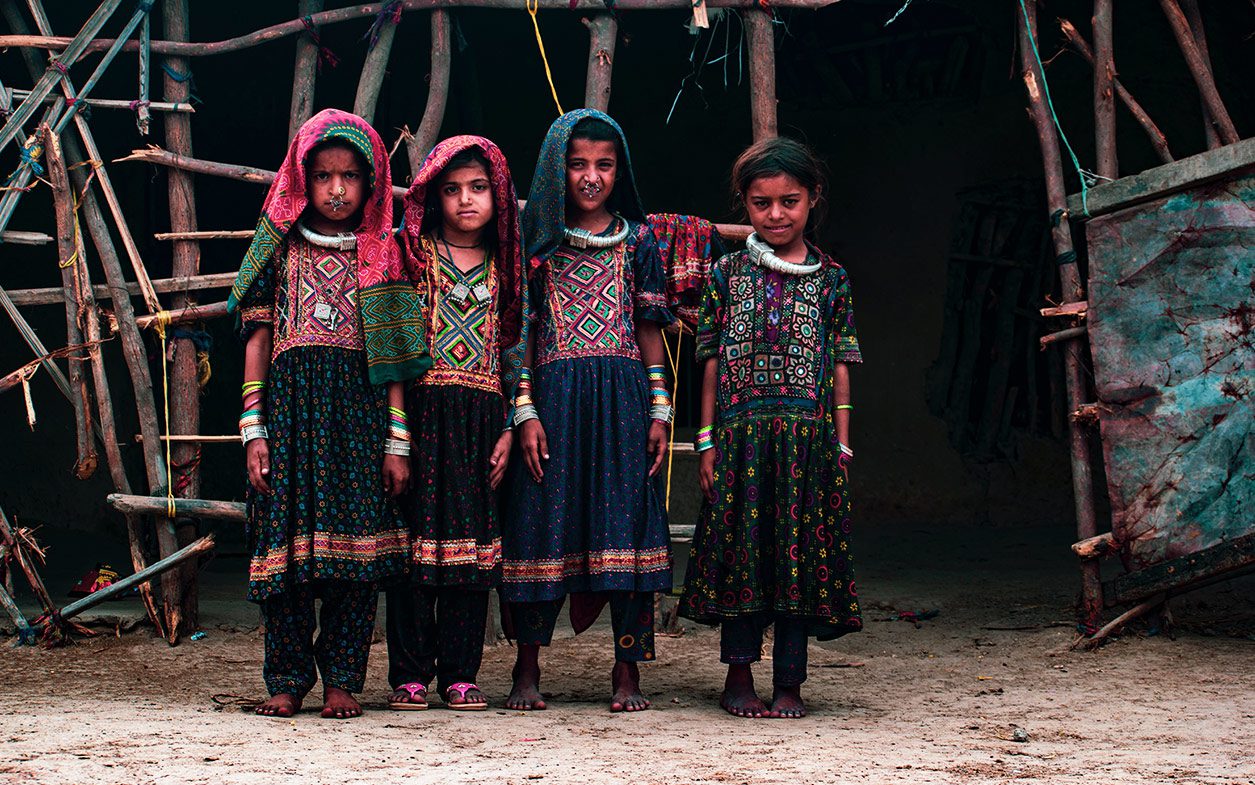
art of travel
Monthly Musing
Asia’s Largest in India Series # 1
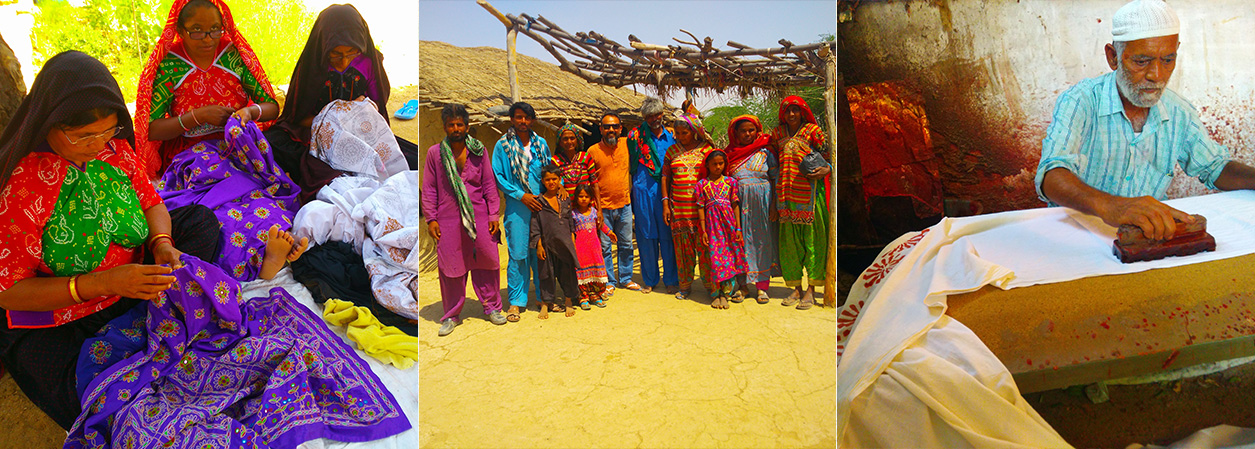
Banni, Asia’s largest Grassland – the Cradle of Beautiful Textile and Craft Tradition
Banni is Asia’s largest Tropical Grassland. It covers an area of 2500 square kilometers (some say more, some much less) and is located on the rim of the marshy salt flats of the Great Rann of Kutch in Gujarat. 30 years ago, it is said, the grass here used to grow so tall that you wouldn’t spot a herd of buffaloes walking around. This is a difficult image to conjure for anyone encountering Banni for the first time. Some may even ask why it is even called a grassland for it is unlikely that there will be much grass in sight during season time (Oct to March). But wait till monsoon. As far as you can see, it’s just water and grass. “Indeed difficult to imagine on a particularly hot sweltering day in April when I encountered burning winds and intermittent dust storms that left a fine layer of mud, sand, and salt on my skin and in my teeth,” says Kuntil Baruwa from our Destination Knowledge Centre.
Their Stories
Very interestingly the locals call these dust storms “Laat” (meaning long tresses in the local Kutchi language). They say that these dust storms happen when Mother Nature tosses her head gently sending her beautiful tresses bouncing all over Banni. The intriguing field of narrative psychology is telling us only now that if we interpret the events of our life to mean that we are lucky or wise, it will be easy to look optimistically at the future. But for the people of Banni, it has been a way of life for centuries. They figured out long ago that the stories they tell about themselves and what they encounter in this harsh terrain are the key to their well-being.
Their Inspirations
For a city dweller, the thorny Babool (Acacia Nilotica/Gum Arabic) Tree – which makes for a good hedge for agricultural fields to keep out grazing animals and was once found all over Banni – is not worth a second look. But the women of Banni took this rather ugly-looking and uninteresting tree as an inspiration for
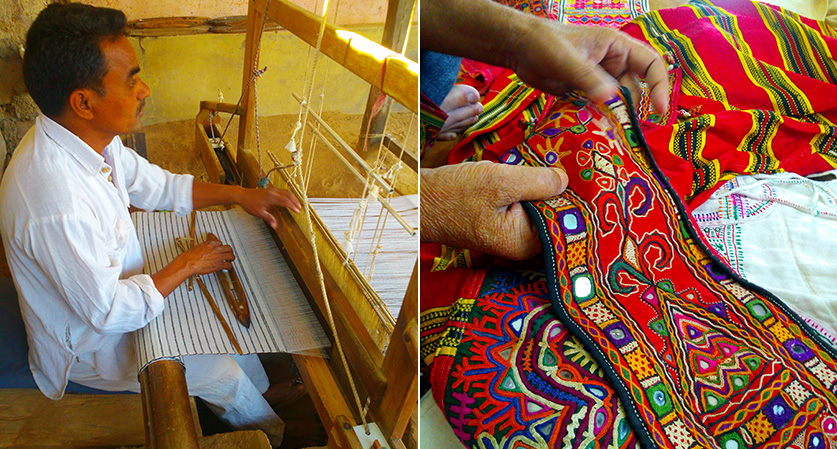
the most common motif of their embroidery called TAK BAVARIYO – it is a circle that is framed on both sides by an hourglass symbol. The circle is known as TAK which has a MIRROR piece- called ABLA in the local parlance – and the hourglass symbol resembles the branches of the thorny Babool tree – called BAVARIYO, again in the local language.
In Banni the leaves of the Babool tree are used to treat infertility in women, flowers for hepatitis and jaundice, and bark for mouth blister and heat stroke. It is fascinating how despite not knowing how to read or write, women from across all communities in Banni have effortlessly translated their culture and visual stimuli into a glorious needlework tradition.
A Unique Socio-Cultural-Economic Web
And now Imagine this. Imagine, for more than 500 years or so, not one but 22 different communities of pastoralists with their cattle, buffaloes, sheep, and goats – each with their distinct identity – living in complete harmony with their surroundings. Imagine these hardy people as the reason and the inspiration behind some of the most beautiful textile and craft traditions. The complex, yet beautiful geometric designs of Ajrakh, for example, were originally meant for the turbans, stoles, and lungis (a garment worn around the waist) of the cattle and buffalo herders of the Maldharis, Rabaris, and Ahir communities of Banni. What the Ajrakh artisans – the Khatris, who came to Kutch some 400 years ago or so from Sindh (now in Pakistan) – got in return then was milk, butter, ghee (clarified butter), curd, and other milk products. Likewise, the Rabaris and the Ahirs went to the weavers of the Maheshwari community with goat and sheep wool to get their shawls weaved. In return the Maheshwari weavers were given land on lease to grow cotton and also milk products. And should the Maheshwari weavers want something printed on their hand-woven shawls, they will send it to the Khatris in exchange for goods. There are many such examples of this fascinating, unique, socio-cultural-economic web that once existed where bonds were forged between various communities for generations.
But what is the upside to the 2001 Earthquake in Gujarat?
It was probably one of India’s worst natural disasters. It caused countless deaths mainly in the Kutch region of Gujarat and incredible human suffering. So what could be the upside to this tragedy? “When my Guide posed this question about what I thought could possibly be the positive side to the Earthquake I was a bit annoyed. But got curious when he continued to share how his own house was completely demolished, how his family escaped by the skin of their teeth, and that he lost his best friend,” says Kuntil Baruwa from our Destination Knowledge Centre. So what could be the upside to this tragedy that left 22,000 people dead, destroyed close to 400,000 houses, and rendered more than 600,000 people homeless? All the textile and craft tradition that our guests now experience in Banni is a result of the huge surge of collective energy post the 2001 earthquake. The calamity forced the communities to reflect urgently on their situation and they realised that it is their craft – local and unique – that can help tide over their seemingly hopeless situation. It also brought aid and the attention of the world to Kutch, raising funds as well as awareness for the local art and craft.
And indeed…
Had the 2001 earthquake not happened, the weaving tradition of Kharad – a unique and rare style of rug weaving- that uses the hair of sheep, camel, and goat would have stayed in Kuran – a nondescript remote village in the India-Pakistan border. When the earthquake devastated his home, Kharad weaver Tejsi Bhai migrated from Kuran leaving everything behind, including age-old trade relations. He brought with him the only thing he knew – Kharad weaving- which ran in his family for 8 generations – done on a loom made of tree branches.
Write to your relationship manager for our 6 nights/7 days Textile and Craft Itinerary of Banni, Gujarat
What’s New
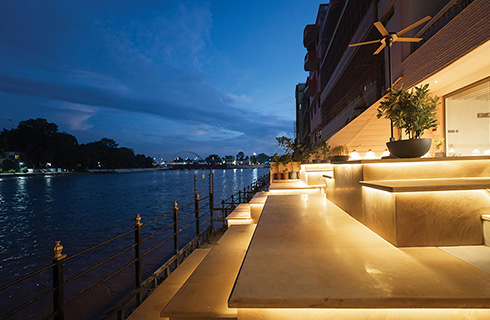
Ekaanta, Haridwar
Surrounded on one side by the Ganges and on the other by the lush forests of Uttarakhand, Ekaanta has ten single occupancy rooms known as Prasanna Kutirs (Huts of Happiness) that are monastic yet modern and elegant. All four twin-bedded rooms are named after revered virtues of Indian philosophy – Samtaa, Advait, Karuna, Samarpan, and Achal. They place a strong emphasis on slow cuisine with meals made with seasonal and local ingredients. In-house activities include storytelling sessions, soulful music listening, forest bathing, and a movie beneath the stars.
Weaving it into an itinerary
Routing: Delhi – Haridwar – Rishikesh – Corbett – Nainital – Kathgodam – Delhi
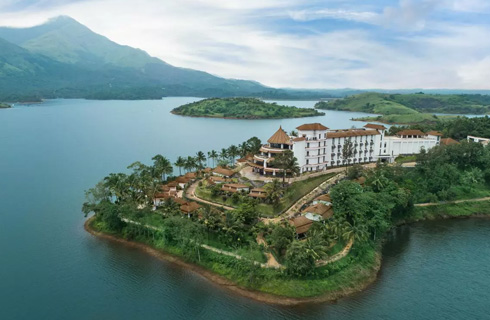
Taj Wayanad Resort & Spa, Wayanad
Perched on a hillside with panoramic views of the forest and a lake nearby, Taj Wayanad offers sixty-one villas and cottages with the award-winning Jiva Spa, allowing guests to experience the serene beauty of the destination with a touch of wellness. During their stay, guests may choose from the many dining experiences, a visit the Banasura Dam, unwind at the outdoor infinity pool, or sit by the lakeside promenade.
Weaving it into an itinerary
Routing: Kochi – Kozhikode – Wayanad – Kasargod – Mangalore

Vivanta Meghalaya, Shillong
The 101 Key Vivanta Meghalaya is the first five-star hotel in Meghalaya, Northeast India. Located in the heart of the state’s capital city, the all-day restaurant, Mynt celebrates the spices and flavours of North East India, while also serving up popular classics and global favourites.
Weaving it into an itinerary
Routing: Guwahati – Shillong – Kaziranga – Dibrugarh
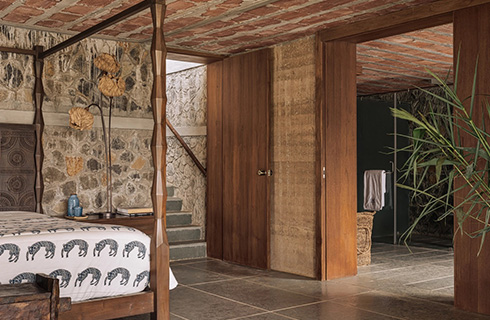
Tipai Wildlife Luxuries
Located in the buffer zone of the Tipeshwar National Park, the 34-acre Tipai offers a blend of luxury and sustainability designed in tune with the natural landscape. All fifteen living spaces are built by forest village dwellers with local materials using sustainable techniques such as rammed earth construction and stone masonry. More than 80% of their staff is from the neighbouring village. Here, guests can enjoy a farm-to-fork experience, explore the forest on a guided safari, join a yoga session, or immerse in a wellness experience.
Weaving it into an itinerary
Routing: Hyderabad – Tipeshwar – Tadoba – Pench – Satpura – Bori – Bhopal
Stories from India
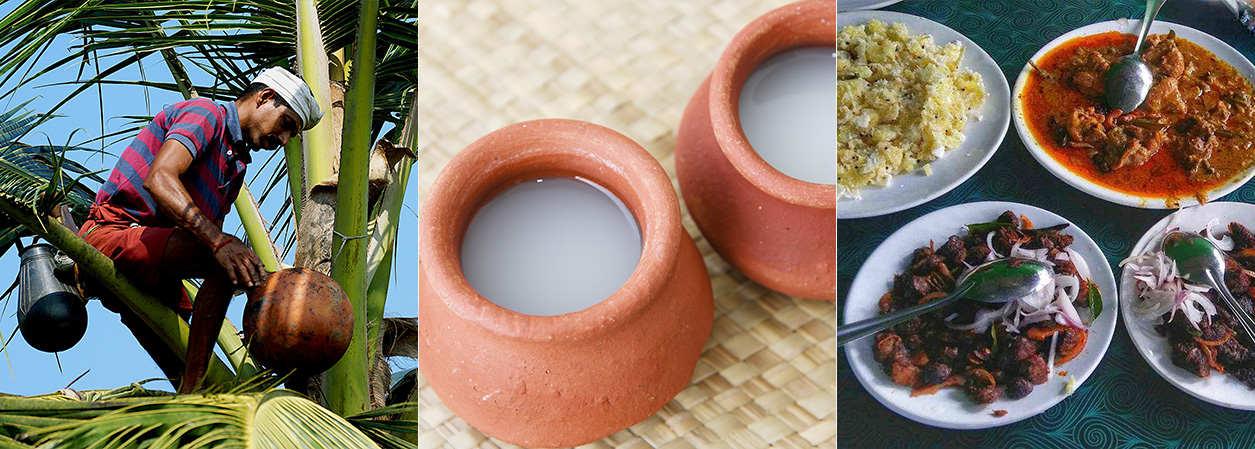
Toddy – God’s Own Tipple
Toddy, the milky white and fizzy coconut wine is Kerala’s most loved local tipple. It is a beverage that has ignited an entire sub-genre of Kerala cuisine and is deeply ingrained in local culture. Toddy is even offered to the Gods as a part of the ritual in Kerala. It is indeed God’s Own Tipple.
There are close to 4000 toddy shops in Kerala. Just like the taverns in the villages of Goa, the toddy shops in Kerala began as places for the hardworking rural folks to drop in for a bottle of toddy, sometimes more than a bottle, to chit chat about the day’s work, life in general or what’s wrong with it and to leave for home, more often than not tipsy hoping for a better tomorrow. From its humble beginning of a shack made of dried palm fronds and held up by bamboo poles, there are now fancy air-conditioned toddy shops with a choice between “Family Room” and “Fun Room” where waiters will recommend the most appropriate hashtag for your Instagram post or egg you on for a selfie with your food. A toddy shop sells anything between 100 to 300 litres of toddy every day.
Toddy is tapped from the coconut tree twice a day, early morning and just before sunset, and there are patrons accordingly. Some prefer it in the morning hours and some their sundowners. The toddy tappers who climb the trees with the agility of a cat are from the Thiyya community of Kerala. And they do so without any safety nets or protection from possible attacks by wasps or other insects. Their tools are a big jug which is slung around the back, and around the waists they tie their knives and a large bone – the femur bone of a deer. The knife is used to slit open the bud of the flower of the coconut tree and the bone is used to
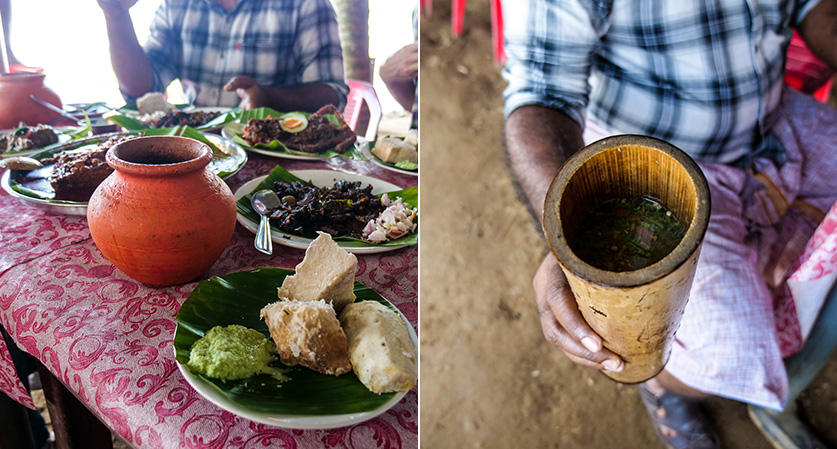
hammer the stack to make the liquid ooze out. The jug is then left overnight attached to the stalk and collected the next morning. Whatever jugs were left the previous day are then collected. About 600 ml of sap is collected from each bud. Toddy is best consumed before 11 in the morning. While this may sound like indulging in dipsomania quite early in the day, fresh toddy is sweet and is not intoxicating. In fact, if consumed in moderation, fresh toddy is beneficial for health. As the day progresses, it ferments and that is when toddy becomes intoxicating.
In the 1970s, the toddy shops also became bustling kitchens with women doing most of the cooking and fired their own subgenre of Kerala cuisine. All ingredients were locally sourced and the dishes were made super spicy to compliment the drink. A visit to a toddy shop is guaranteed to awaken all your senses. There is fish fried in red chillies, prawns, and beef tossed in coconut oil and curry leaves, and Kerala’s eternal favourite – tapioca for the main course with sardines and fried bananas for dessert- for those looking for a full meal. Toddy shops have survived the temporary ban on alcohol in Kerala in the past decade, but locals say that many of the best ones have folded up. Yet there are still intimate spaces that pop out of nowhere where locals in the know go to eat fresh home-style food and to drink their toddy.
“The best and the most authentic toddy shops in Kerala are in the Alleppey area. During the backwater cruise or a stay in a backwater property, a visit to a Toddy Shop can be easily organised. One need not eat or drink there but can still enjoy the vibe of the place,” says Kuntil Baruwa from our Destination Knowledge Centre.
Sustainability and Us

Mharo Khet – From passion to a culinary escape
Coming across an urban farm in the midst of a desert is serendipity. An oasis located on the outskirts of Jodhpur, Mharo Khet is a working model for how once a degenerated farmland can become a regeneration hub in the arid landscape of India.
The pandemic has altered the way of life for many in different ways. For Rajnush and Vedika, founders of Mharo Khet, it was a push towards leading a responsible living. When the world was confined within the four walls, they were busy converting their passion for farming and food into an experiential farm and making a slice of desert lush green. Although the farm has been around for decades, it opened up to experiences for guests in December 2021.
Spread over 40 acres of land, Mharo Khet produces more than 80 varieties of organic crops – a gamut of native and exotic herbs, fruits, and vegetables using responsible farming practices.
Responsible and Sustainable
While curating the experiences, their main focus was to design experiences that are sustainable having a positive impact economically, environmentally, and socially. The field team at Mharo Khet primarily consists of women from the local villages. The transition took place 15 years ago when men started leaving their villages and migrating to big cities for better means of livelihood. This in turn has been a blessing in disguise for Mharo Khet giving opportunities to women to form a team that is productive and diligent. They enjoy flexible working hours to maintain a work-life balance. They have now become earning members of the family, resulting in gaining respect from their families and neighbours and inspiring other women to be self-sufficient. Additionally, the women were upskilled in hospitality so that they could handle guests during the experience apart from just doing the fieldwork.
Jodhpur, located in the semi-arid region of Rajasthan, faces water scarcity. Hence, Mharo Khet uses trickle-drip irrigation for their entire field to conserve water and rainwater harvesting to keep the groundwater levels charged. They have minimised their use of plastics in every possible way. Even the décor is done using dried produce from the farm and most of the crockeries are made with local stones by local artisans from the city.
The Experiences
Mharo Khet is bringing a big change to the dining experience by taking the table to the farm – a seven-course menu celebrating plants served under
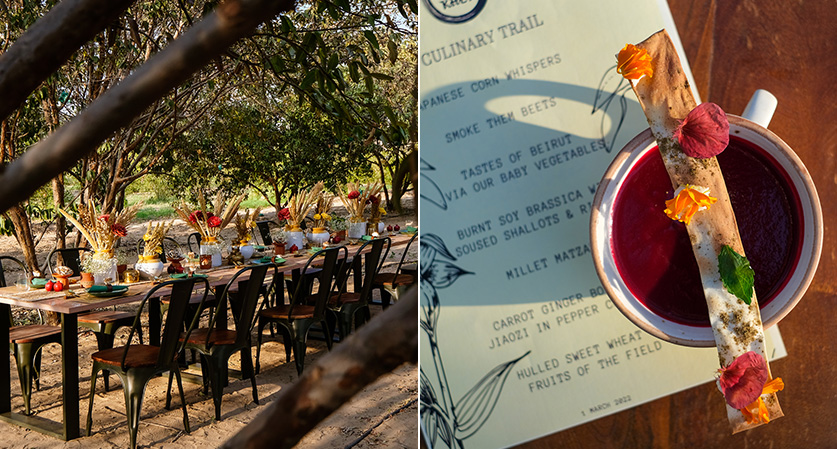
the canopy of guava trees amongst the trilling and chirping of birds and mooing cattle from their barn nearby – a setting rooted in nature. Most of the ingredients used in their cooking are procured fresh from the farm. A walk through fields nodding to the breeze, a sip of freshly made drink, soft conversations catching the rhythm of the chirping birds and a freshly made meal served on a minimally decorated table with dried flowers and shrubs from the farm under the guava tree makes it the perfect farm-to-table experience. As an optional add-on, one could choose to do a fun cooking session with their Chef. The courses would be carefully chosen so that guests could find similar ingredients in their city of residence and replicate the recipes. Those looking for an intimate dining experience may opt for a private dining experience.
At Mharo Khet, one can escape the urban clutter and enter an unhurried and tranquil environment that nurtures Mother Earth making it a better place to live.
Write to your relationship manager to know more about Mharo Khet
Explore
Rediscover Fort Kochi – Art, History, Coffee, Conversations and More
By Natasha Sinclair, IndAfrica, New Zealand

The first hint that this is no ordinary tour is when we met our guide. Unlike many ‘well pressed’ local guides he comes packaged in well-worn jeans and a fluorescent green stripped polo shirt. Adding to this relaxed vibe is salt and pepper hair pulled back into a bun and a wide smile that instantly puts you at ease. This was clearly not going to be a stuffy art history tour; he is a storyteller.
Over the next few hours, we meander through Fort Kochi’s picturesque laneways as he expertly weaves in and out of different stories of the colours around us, linking each to the eclectic mix of nationalities and religions that left their mark over the last 500 years on Kochi’s culture and architecture. A notable stop is at the Santa Cruz Cathedral. Our guide’s connection to the Basilica is palpable. It is his family’s place of worship, and his wife sings in the church choir. It is here that Italian Jesuit Priest Antonia Moscheni painted his stunning frescoes, many of which survive on the columns of the church. However, others are clearly more recent. Unfortunately, Moscheni didn’t factor in Kochi’s tropical climate, and panels completed in canvas didn’t survive, leading the church to call on a talented parishioner to step in.
From the Cathedral, we take a short car ride arriving at a green gateway with a meandering path through a houseplant enthusiast’s dream. At the end is the front door of the ancestral home of a third-generation fresco painter to paint frescoes in the Santa Cruz Cathedral. Her grandfather was the parishioner who repainted the large frescoes on the roof on the sturdier substrate of wood with her father acting as an assistant. A professional artist and teacher, she is now busy scaffolding and repainting the large fresco on one of the walls at the church entrance. She is paying homage to the skills of those that have gone before her but with the freedom to imbue some of her own interpretation. It is fascinating chatting about the challenges of painting religious works for an artist who wants to not only honour her faith but also the talents of her father and grandfather before her.
From the sublime to the modern, we finished our meandering at Kochi’s first ‘Art Café’. It is a small maze-like space that perfectly showcases some stunning sculptures as well as provides gallery space for periodic showcases of local artists.
This tour is ideal for small groups of up to 6 travellers. As a returning traveller to Kochi, I found it provided a fascinatingly different lens to view a familiar destination.
Write to your relationship manager to know more about the Rediscover Fort Kochi tour.
Festivals to Look Out For
Hemis Festival, Ladakh
28-29 June, 2023

The courtyard of Hemis Monastery, the biggest Buddhist monastery in Ladakh is the stage for this famous festival that celebrates the birth anniversary of Guru Padmasambhava, the founding father of the Tibetan School of Buddhism. The colourful two-day pageant falls on the 10th day of the Tibetan lunar month. The local people are seen dressed up in their finest traditional dress for the occasion. Lamas perform splendid masked dances and sacred plays to the accompaniment of cymbals, drums, and long horns. The head lama presides over the function. A colourful fair, displaying some beautiful handicrafts, is the special highlight of the festival.
Stay at – The Stok Palace
Built in 1820, Stok Palace is a living palace that has been transformed into a small all-suites heritage property. Perched on a hill with magnificent views of the Indus Valley, the Stok Palace continues to be the cosy abode of the Namgyal royal family. This 200 year-old palace, located about half an hour away from the Leh airport, is known for its exquisite Ladakhi architecture, décor that recalls the region’s rich culture and artifacts that vividly captures the lifestyle of the royal family. The four-storied heritage structure has royal apartments, prayer chambers set around interlinked courtyards, and large decorative projected balconies. The suites are non-air-conditioned and are spread across different levels of the palace. The rooms are completely devoid of Wi-Fi, television, or intercom, allowing guests to disconnect from the rest of the world for the duration of their stay. For those seeking ultimate privacy, Stok Palace also offers three private villas handmade from wood and mud nestled amidst old apricot, walnut, and willow trees. Guests have exclusive access to the Museum, the Lhakchung Temple, as well as the opportunity to enjoy breakfast on the palace rampart, and dine in the restored Royal Kitchen.
Picture Gallery
From March until the end of July, the luscious and exotic mango with its different varieties and hues – from golden to saffron to tender green – becomes a sort of a national obsession in India. But rarely do we talk about the Jackfruit. Hailed as a vegan super food by the Western world only now, this gooey summer fruit has been around in the Indian subcontinent for more than 5000 years. Eaten both raw and ripe, the Jackfruit has always been a part of the Indian kitchen and is a super versatile ingredient that compares to none. Here is a selection 17 Jackfruit recipes from across India.
RESOURCES
SITE LINKS
CONTACT US
+ 91 (124) 4563000
Tower B, Delta Square, M.G. Road, Sector 25, Gurgaon - 122001, Haryana, National Capital Region of Delhi, India



